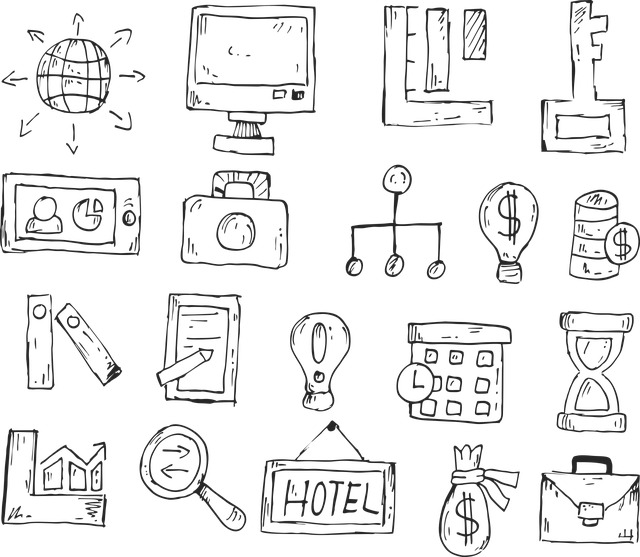AI-powered occupancy sensors in mobile homes enhance safety and efficiency through real-time monitoring of inhabitant presence, behavior patterns, and resource usage. These sensors optimize lighting, temperature, and security, ensure AI regulatory compliance by detecting non-compliance or emergencies, and improve overall quality of life for residents while adhering to safety standards.
In today’s digital age, Artificial Intelligence (AI) is transforming even the most traditional sectors, including residential living. One such innovation is the integration of AI in mobile homes through intelligent occupancy sensors, offering enhanced safety and regulatory compliance monitoring. This article delves into the functionality of these sensors, exploring their role in ensuring AI-driven regulatory compliance within mobile home communities. We’ll discuss how AI optimizes data collection, leading to improved safety measures and operational efficiency.
- Understanding Mobile Home Occupancy Sensors
- AI's Role in Regulatory Compliance Monitoring
- Enhancing Safety and Efficiency through Intelligent Data Collection
Understanding Mobile Home Occupancy Sensors

Mobile home occupancy sensors are advanced devices designed to monitor and regulate the presence of occupants within a living space. These sensors leverage artificial intelligence (AI) to analyze patterns, detect unusual activities, and ensure compliance with regulatory standards. By integrating AI technology, these sensors can differentiate between residents, visitors, and pets, optimizing resource usage and enhancing safety.
The sensors employ various techniques such as motion detection, heat signatures, and sound analysis to determine occupancy. This data is then processed by AI algorithms that learn individual behavior patterns, enabling them to automatically adjust lighting, temperature, and security measures accordingly. Moreover, these sensors play a crucial role in AI regulatory monitoring for mobile home compliance, ensuring that properties adhere to local laws and safety regulations by providing real-time insights into occupancy status.
AI's Role in Regulatory Compliance Monitoring

Artificial Intelligence (AI) is transforming the way regulatory compliance in mobile homes is monitored, offering a more efficient and precise approach. By integrating AI into occupancy sensors, management teams can gain real-time insights into unit usage and identify any deviations or potential issues. This technology enables automated data collection and analysis, ensuring that all occupants are accounted for and adhering to safety standards.
AI algorithms can detect unusual patterns or absences, triggering alerts for managers to take immediate action. For instance, if a sensor registers prolonged inactivity in a mobile home, it could indicate an emergency situation or non-compliance with regulations related to occupancy and safety protocols. This proactive monitoring can significantly enhance the overall safety of mobile home communities.
Enhancing Safety and Efficiency through Intelligent Data Collection

AI-driven occupancy sensors in mobile homes offer a revolutionary approach to safety and efficiency. By collecting intelligent data on space utilization, these sensors can detect vacant or occupied spaces, optimizing resource allocation. This technology goes beyond basic functionality, enabling AI regulatory monitoring for mobile home compliance. It ensures that structures adhere to safety standards, fire codes, and accessibility regulations by providing real-time insights into occupancy patterns.
This data-driven approach enhances overall efficiency, from energy management—by automatically adjusting lighting and temperature based on occupancy—to emergency response coordination. The intelligent sensors can alert authorities in case of unauthorized access or detect residents in distress, ensuring prompt assistance. This integration of AI technology not only improves the quality of life for mobile home dwellers but also paves the way for a safer and more regulated living environment.
Mobile home occupancy sensors equipped with artificial intelligence (AI) offer a promising path toward enhanced safety, efficiency, and regulatory compliance. By intelligently collecting and analyzing data, these sensors can detect patterns, anticipate issues, and enable proactive measures. This technology not only improves the living experience for residents but also provides landlords and managers with valuable insights to maintain safe, code-compliant environments. Incorporating AI into mobile home regulatory monitoring is a significant step towards a smarter, more efficient future for this sector.
